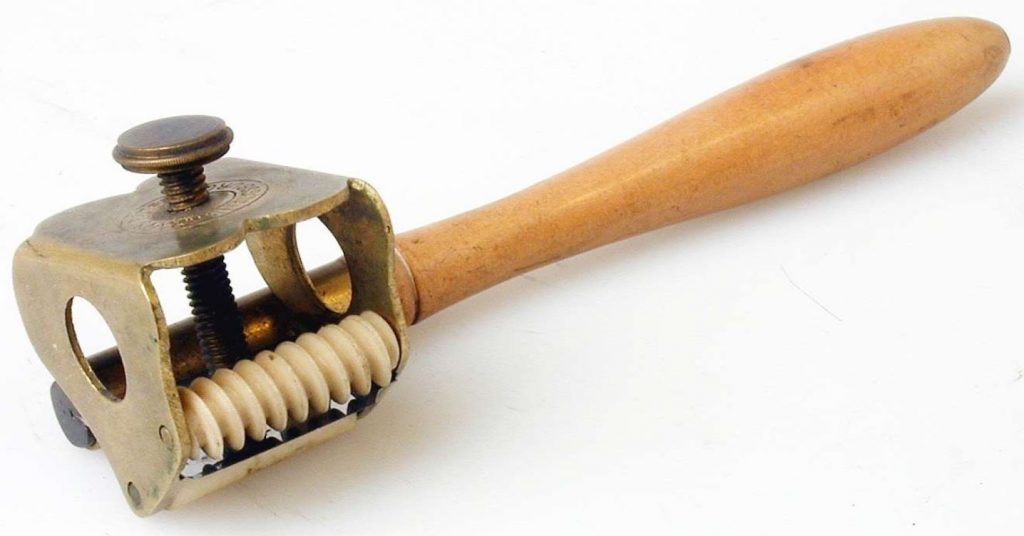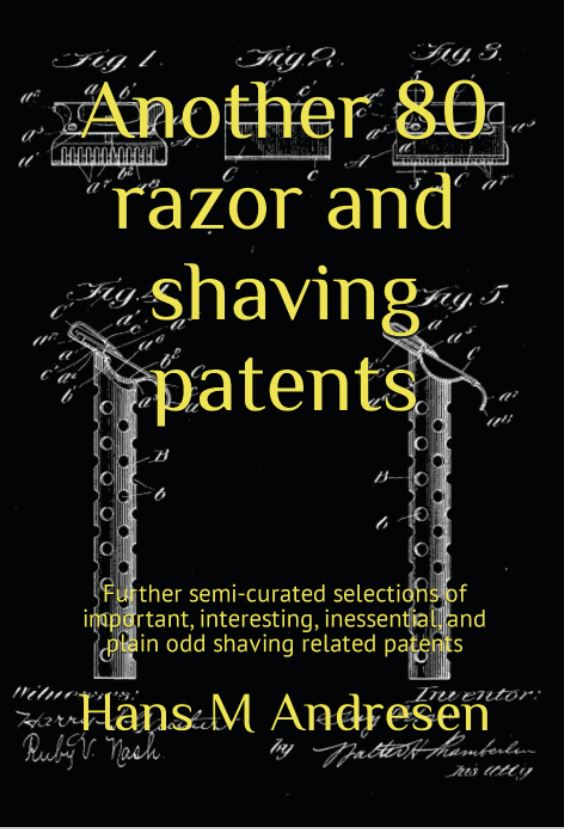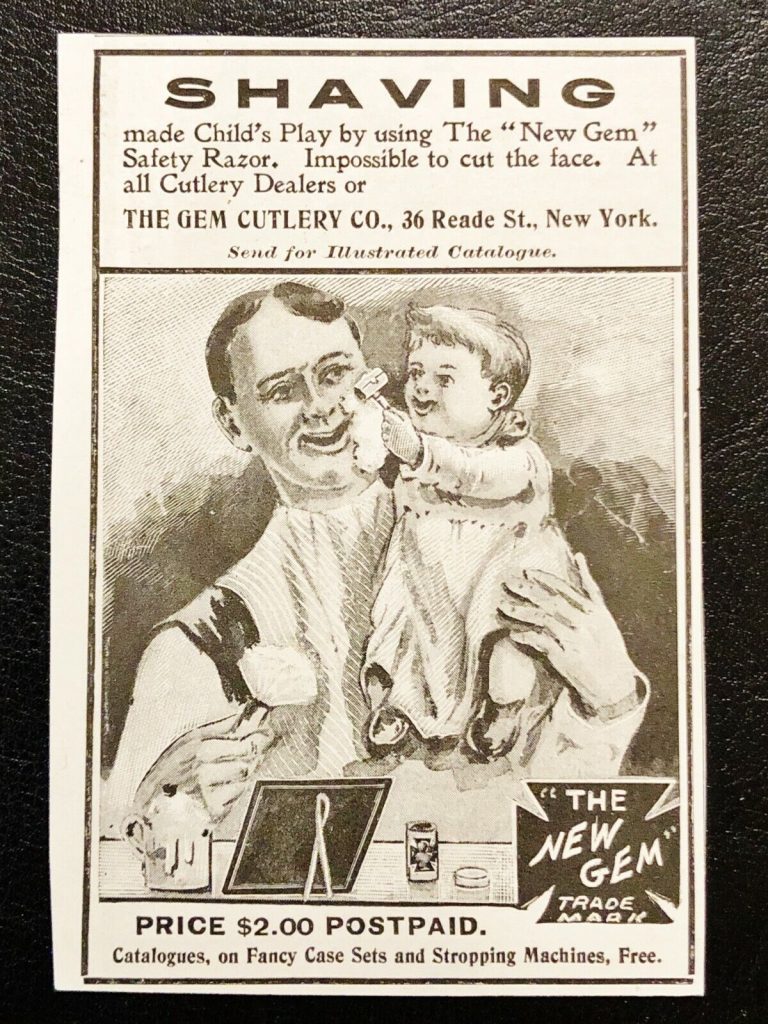So I was poking around on the ‘net, as one does.
And I found this:

All I know is that it’s marked “Mrk. W.Krags patent, Augsburg”, likely is from somewhen between 1880 and 1900, and probably is German.
I love a good mystery 🙂

So I was poking around on the ‘net, as one does.
And I found this:

All I know is that it’s marked “Mrk. W.Krags patent, Augsburg”, likely is from somewhen between 1880 and 1900, and probably is German.
I love a good mystery 🙂
Just a reminder that today is the day for the Thanksgiving Giveaway!


Two kindle books for free. Only today – all you need to do is to download them from Amazon.
For links to the books, look no further than this page.
There are some advertisements that would simply not fly today. Like this GEM advertisement from the war years.
Continue readingThanksgiving is soon upon us – well, upon the people living in the US at least. And for no good reason at all I figured that a Thanksgiving giveaway was just the thing.
Continue readingThe traditional barber’s pole is white and red. White for lather, and red for blood – the blue you see on American barber’s poles is a fairly new aberration. These colours, along with a washbasin on top of the pole and one on the bottom, advertised the barber’s trade. Or, perhaps more correctly, the barber-surgeon’s trade.
A university educated doctor wouldn’t sully his hands with blood, gore, and poor people. So a barber, who already had sharp blades and a hopefully steady hand, would double as a surgeon for those little things that needed doing to a body.
Continue readingShaving isn’t hard. In fact, shaving is easy enough for a child to do with a “New Gem”. You can get it for a mere 2 US dollars. Provided you can go back, oh, a hundred and twenty years to order one. The razor wielding child was, I suspect, sold separately.

The razor the child wields in the ad looks very much like a 1901 “New Gem”, as described by Waits on page 429 of his compendium. The little tin box that held the razor looks similar to the 1901 too.
The New Gem was a wedge razor. Instead of the thin, replicable blades used by later GEMs, it used a blade that was – in effect – a short stub section of straight razor. On the upside, you would never have to buy another blade. On the downside, you would have to sharpen and hone it regularly.
And it was this requirement that lead to GEM also selling stropping machines, and kits that included stropping machines and extra blades. You would have to come up with more than two bucks though.
GEM used the imagery of a father and child in their advertisements for quite a few years. t They seem to have realized that a razor wielding child was not the best idea though.
As we have already seen, there are Indian Standards for safety razors and stainless steel razor blades. So it makes sense that there is one for shaving brushes too, namely IS 4580.
And right of the bat, I spotted something interesting. In the second paragraph of the foreword, it states that shaving brushes is “…also required by the Defence Services in sufficient quantity.” Which I take to mean that at least as late as 1986, the Indian Armed Forces were issuing shaving brushes to the rank and file.
Continue readingWhen you go to a barbershop, you want the tools used to be clean. In the days before antibiotics, you really wanted the tools used to be clean. Which is why there are so many patent for antiseptic utensils for barbers. From simple disposable cups, via more complete outfits, to shiny glass and brass contraptions. What sets Henry Rosenthal’s antiseptic utensil apart from the others is that he filed his patent before the big shaving brush anthrax scare.
Henry also did one better than many inventors by not using a paper cup. And he did one worse to himself when it came to the brush… More on that later.
Continue readingA lot of patents I’ve discussed are about making your shavegear smaller, handier, and more portable. And it makes sense, in a way, to have things that pack small for travel – doubly so in the days before we all drove automobiles. So I can see why Charles Finley applied for a combination drinking cup and shaving mug back in 1901. I just don’t see why anyone would combine the two.
Sadly the patent don’t say why Charles felt this was a good idea. But it does claim it to be an improved combined cup and mug, so there must have been some earlier (and worse) versions of this.
Continue readingWho knew shaving was such a tricky operation in the days before the safety razors?
Made in 1905 and directed by Segundo de Chomón – whom the internet tells me was a pioneering Spanish film director, cinematographer and screenwriter.